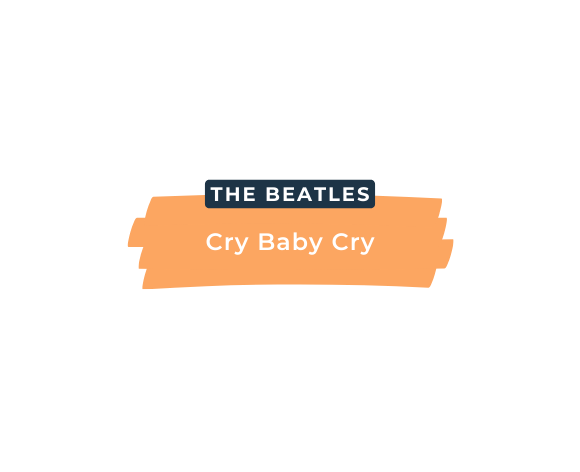JustinGuitar.com uses cookies to enhance your browsing experience. By continuing to use this site, you consent to the use of cookies. For more detailed information, please review the full Terms & Conditions.
🚨 Save Your Songs, Save Your Rhythm—Save 50%! 🎸 Get the Strumming SOS Course at half price, but only for a limited time!
Tritone substitution is a very cool jazz chord substitution. Before watching this you should have done the previous lessons in this series - without a solid understanding of Functioning Dominants and Altered Harmony this is going to mess with your head. Do things in the right order and you stand a lot better chance of understanding it.
So check out the video and then if your head's not hurting too much then there are more notes below that should help make things as clear as mud for you ;)
Like I said, some of this is easier to understand when you read it, well I think anyhow...
A tritone substitution can be used when a V chord is functioning (going to the I). The V7 chord can be substituted by another 7th chord a tritone (augmented 4th) away.
I always think of the tritone interval as being "diagonal" because it goes one fret up and one string over!
So the basic idea here is looking the notes of G7 and Db7 - the 3rd and 7th of the two chords are the same! We've left out the 5th of each chord, it's not an essential.
|
Root |
3rd |
7th |
|
|
G7 |
G |
B |
F |
|
Db7 |
Db |
F |
B |
Notice here that the 3rd and 7th are the same notes just swapped over and that the Db note is the flat 5 of G - which is a note we know we can add to Functioning Dominants (using Altered Theory).
APPLY IT - before getting in any deeper I would go and try and stick that tritone substitution (often shortened to "TT sub") in wherever you can - just pick a Standard tune and see where you can add it in - it will be the same places that you were able to use altered harmony - where there was a functioning V chord.
TT sub Extensions
OK not we're gonna get funky with some heavy music theory... if you are not familiar with modes, you wanna go check out my modes course!
Please bring into your mind the Altered Theory that we looked at a few lessons back. We played the Ab Melodic Minor Scale over the G7 chord and got a whole heap of cool extensions. This is the "Altered Scale" or the "Superlocrian Mode" - the 7th mode of the Melodic Minor scale.
|
G |
Ab |
Bb |
Cb |
Db |
Eb |
F |
|
R |
b9 |
#9 |
3 |
b5 |
#5 |
b7 |
so next up we're going to look at all the same notes but with the Db as the tonal centre. So it's still the Ab Melodic Minor scale, but now we're looking at it's 4th Mode - the is now called the "Lydian Dominant" or "Mixolydian #11".
|
Db |
Eb |
F |
G |
Ab |
Bb |
Cb |
|
R |
2/9 |
3 |
#4/#11 |
5 |
6/13 |
b7 |
If you look closely you will see the notes are described very well by either name of this scale. Lydian (means #4) Dominant (means b7) is exactly what it is. Think about it. The other name spells it out too: Mixolydian (b7) with a #11 (same as #4).
Hopefully you can see there that if we're going to build extensions using the harmony we get from this scale we get:
Db7 = Db, F, Ab, Cb
Db9 = Db, F, Ab, Cb, Eb
Db9#11 = Db, F, Ab, Cb, Eb, G
Db13 = Db, F, Ab, Cb, Eb, Bb (no 11th*)
* I left out the 11th here - otherwise the name would be Db13#11 - because most of the 13th chord voicing we have on guitar do not include the 11th anyway!
So if you use the TT Sub, you can extend the chord from 7 to 9 or 13, or 7#11, 9#11 or 13#11 - but avoid the natural 11 (it's the note Gb, the major 7th against the G and sound horrible over a G7!)
Good luck, and hope you have fun with it!

This John Lennon classic is perfect for advancing beginners, featuring open chords, fun rhythms, and a descending baseline that's easier than you think.